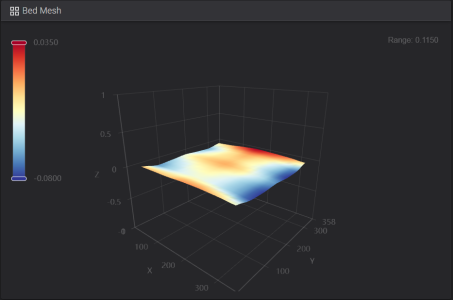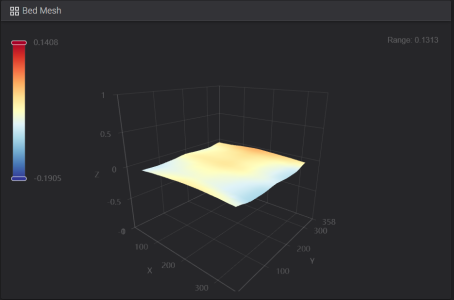Rule of thumb = 0.4W/cm²
But also read several times that this rule is obsolete, but was unable to find any answer.
For LDO 0.2 and 2.4 kits, it means max_power: 60%
On my LDO 0.2, I was so tired with the heat soak taking ages that I bumped the power to 80%. No problems so far, the machine is rock steady, 3 months without an issue or any offset tuning (ABS only). I send a file, and don't even verify the first layer.
Finalizing a LDO 2.4/350. The bed also takes ages to heat up...
The LDO beds are thicker (11-12mm vs 8mm). Shouldn't this power calculations be based on bed volume ?
If the rule of thumb is obsolete, what is the new one ?
But also read several times that this rule is obsolete, but was unable to find any answer.
For LDO 0.2 and 2.4 kits, it means max_power: 60%
On my LDO 0.2, I was so tired with the heat soak taking ages that I bumped the power to 80%. No problems so far, the machine is rock steady, 3 months without an issue or any offset tuning (ABS only). I send a file, and don't even verify the first layer.
Finalizing a LDO 2.4/350. The bed also takes ages to heat up...
The LDO beds are thicker (11-12mm vs 8mm). Shouldn't this power calculations be based on bed volume ?
If the rule of thumb is obsolete, what is the new one ?







